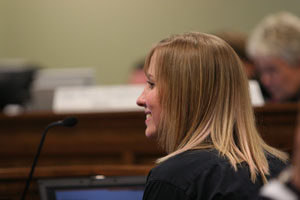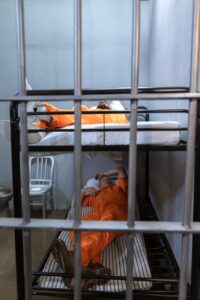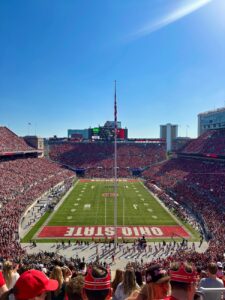Legislators holds key to new facilities
College of Eastern Utah representatives gave an emotional presentation at the capitol last week that representatives hope will generate planning money for a new performing arts center.
The Utah Capitol was full of positive energy as Utah colleges congregated to represent their schools and give presentations to various committees.

This archived article was written by: Kris Kohler
College of Eastern Utah representatives gave an emotional presentation at the capitol last week that representatives hope will generate planning money for a new performing arts center.
The Utah Capitol was full of positive energy as Utah colleges congregated to represent their schools and give presentations to various committees.
The main goal was to get funding for the entire performing arts project which is estimated to cost over $20 million. According to a 2008 facility report, if CEU is to attract more students, it must be able to demonstrate “curb appeal” to those visiting campus. Art students are housed next to automotive and diesel shops, which could use the space for additional vocational students.
CEU, the smallest Utah System of Higher Education campus, is home to the two most dangerous buildings in the state, according to a Department of Construction and Facilities analysis.
Faculty must work in conditions, that according to the analysis, are not appropriate for teaching performing arts. CEU representatives see this project as the final piece needed to allow the College to succeed in years to come.
CEU shares with other USHE institutions a problem of aging infrastructure.
During the past decade, USHE campuses will see some 4.5 million square feet turn 40 years old. According to the report, state efforts to address the looming infrastructure crisis lagged in recent years, adding to deferred maintenance backlogs and posing serious risks to students.
According to CEU representatives, the planning stage of the project will take close to a year, so even if the senate decides to allocate funds for only the planning stages, their will be a good chance that the rest of the funding will be awarded during next year’s session.
“It’s more likely that we will get planning money [instead of full funding], but that is fine,” said Kevin Walthers, CEU vice president of finance. “It will take a year to get the architectural drawings done, so funding for construction would be coming right on the heels of complete drawings.”
The CEU team headed up by President Ryan Thomas along with Walthers and four student representatives gave two presentations, first to the Higher Education Appropriation Committee and the second, and most important, was to the Capital Facilities Committee. If approved by this board then the request for funding will be passed to the senate for a final vote.
“The Capital Facilities presentation went well and we are hopeful about the prospects for planning money,” said CEU President Thomas. “All of our requests were prioritized in the Higher Education Subcommittee’s list.”
The team was confident and well spoken during the presentations, both of which were complimented by Power Point presentations and handouts.
“We received positive feedback on our capital development presentation. One staff member commented that or presentation was the best of the day,” Walthers said. “I think that it had more to do with the length of other presentations, but I also think the fact that our student leaders stuck it out to be there impressed the committee as well.”
The estimated cost of planning and design is nearly $800,000. According to Walthers If the senate votes in favor of the design, it is almost guaranteed that they will vote in favor of the construction and furnishing phase of the project during next year’s session.
The session is still in progress until Wednesday, March 5, and will provide CEU with a definite answer within the next few weeks. Until then, everyone at CEU has their fingers crossed for good luck.




